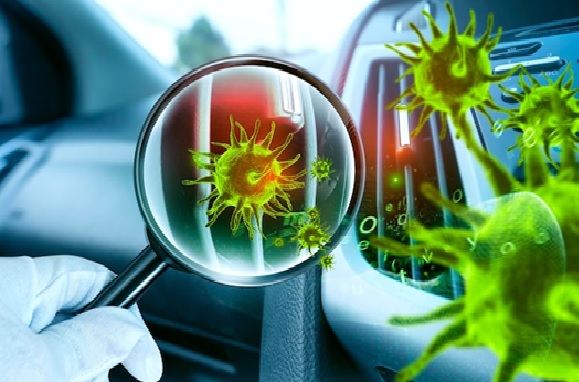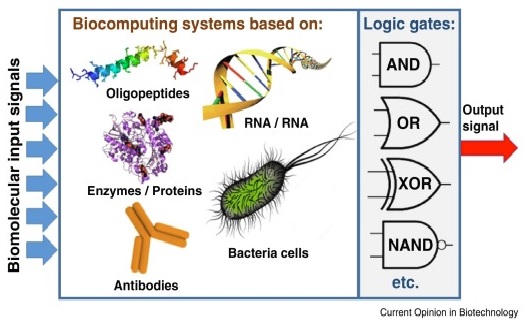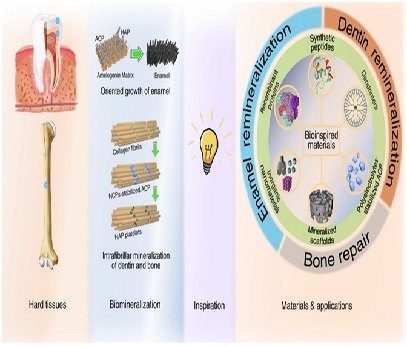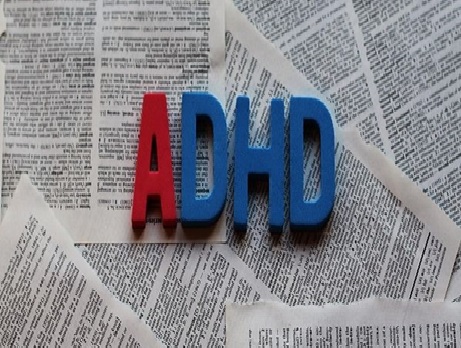Epitranscriptomics
Epitranscriptomics is the study of chemical modifications that occur on RNA molecules, which can affect their structure and function. These modifications are known as RNA modifications or "epitranscriptomic marks." Epitranscriptomics is an emerging field that has gained increasing attention in recent years due to its important roles in gene expression regulation, cellular signaling, and disease development.
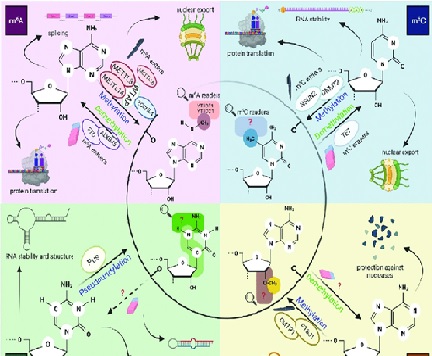
Figure 1. Epitranscriptomics [1]
Figure 1 shows Epitranscriptomics. RNA modifications are widespread and diverse, and they can occur at various positions on the RNA molecule, including the nucleotide bases, the sugar-phosphate backbone, and the RNA termini. The most common RNA modification is the addition of a methyl group to the nitrogen or carbon atoms of the RNA bases. Other types of RNA modifications include acetylation, phosphorylation, uridylation, and adenosine-to-inosine (A-to-I) editing.
Epitranscriptomic marks can affect RNA structure and stability, RNA processing, and RNA-protein interactions, leading to changes in gene expression patterns and cellular functions. For example, RNA modifications have been shown to regulate RNA splicing, translation, and degradation, as well as to influence RNA localization and protein binding.
Epitranscriptomics has important implications for human health and disease. Dysregulation of RNA modifications has been linked to various diseases, including cancer, neurological disorders, and viral infections. For example, aberrant RNA methylation has been implicated in the development of several types of cancer, while altered RNA editing has been associated with neurological disorders such as epilepsy and depression.
The development of high-throughput sequencing technologies and bioinformatics tools has facilitated the study of epitranscriptomics and enabled the discovery of novel RNA modifications and their functions. Epitranscriptomics research is an active area of investigation, with ongoing efforts to elucidate the mechanisms and functions of RNA modifications and to develop new tools for their detection and manipulation.
References:
- https://www.researchgate.net/figure/Epitranscriptomic-modifications-which-occur-in-RNA-species-and-their-possible-roles-in_fig1_354920968
Cite this article:
Hana M (2023), Epitranscriptomics, AnaTechMaz,pp.144


